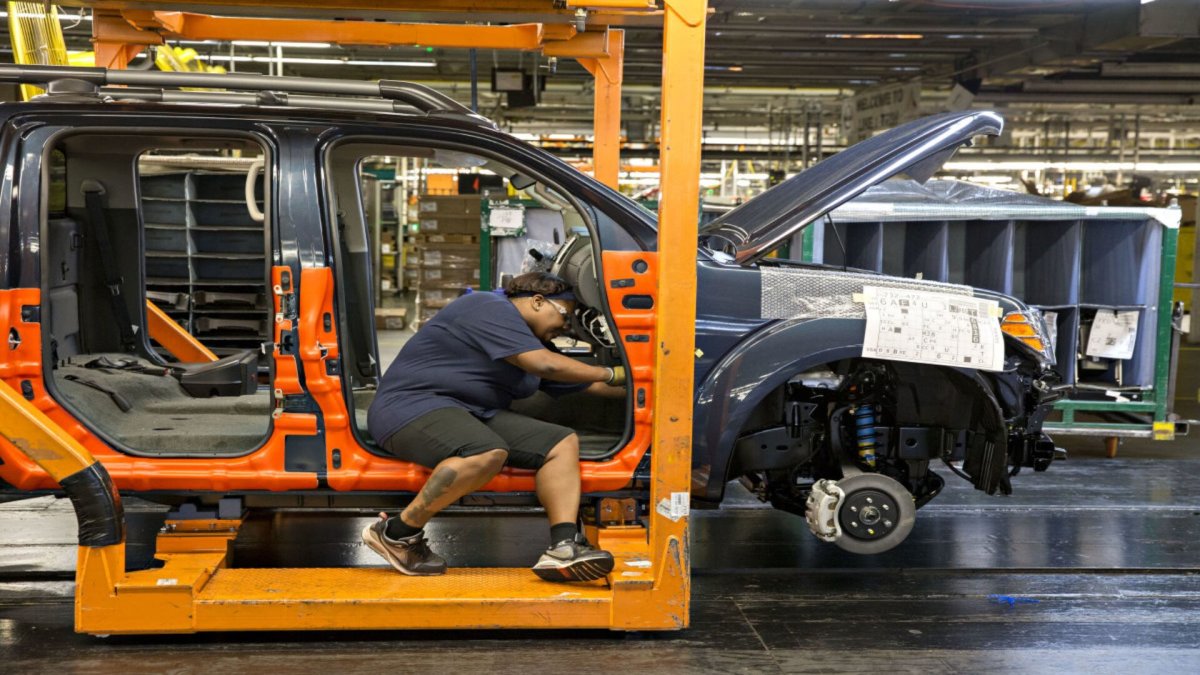Nissan was not quite ready to become a subsidiary at the start of the year.
On February 13, Honda CEO Toshihiro Mibe announced that the two Japanese carmakers would not consummate their merger agreement, which would have created the third-largest carmaker in the world by sales.
Related: Toyota and Honda play a giant role in US-Japan trade negotiations
Apparently, at the last minute, Honda proposed to divert from its original intention to one where “Honda would be the parent company and Nissan the subsidiary through a share exchange,” a condition that broke down talks.
Nissan and Honda (HMC) announced their intent to merge in December. Still, a month earlier, Nissan execs told the Financial Times that the automaker had “12 to 14 months” to survive if circumstances didn’t improve.
In May, Nissan announced it will be laying off 20,000 workers, about 15% of its workforce, including the 9,000 it announced in 2024 would be laid off through March 2028.
Nissan is also closing seven of its 17 global factories.
The moves are all part of a recovery plan to reduce costs by $3.4 billion.
But instead of reducing costs, Nissan’s latest move raises money by using the current tariff environment to its advantage.
 Nissan plans to implement a creative strategy to earn money while helping a fellow Japanese automaker.
Nissan plans to implement a creative strategy to earn money while helping a fellow Japanese automaker.
Image source: Bloomberg/Getty Images
Nissan to build cars for Honda in America
While President Donald Trump’s administration has been in close contact with the auto industry throughout the process, the 25% auto tariffs he imposed in April have had long-lasting repercussions, as intended.
Trump declared Liberation Day on April 2, 2025, but the auto industry, particularly in Japan, had been preparing for this eventuality for months.
“We will be looking at how to absorb short-term shocks and what concrete measures we can take to deal with these shocks, as well as how to deal with them in an all-Japan manner,” said Japan Automobile Manufacturers Association Chairman Masanori Katayama.
Additionally, Katayama said the group discussed its strategies to absorb and mitigate potential tariffs with the country’s Ministry of Economy, Trade and Industry officials.
Nissan is reportedly negotiating a creative strategy to earn money while also helping a fellow Japanese automaker.
Related: Nissan makes shocking move to battle tariffs
Nissan is in talks to supply cars to Honda in the U.S., using the unused manufacturing capacity at its Canton plant in Mississippi.
The company is considering building Honda pickup trucks at the Canton plant, where it currently builds models like its Frontier pickup.
Nissan said in a statement viewed by Reuters that it would continue to work with Honda but would not speculate on any future plans.
Auto tariffs are at the heart of U.S. negotiations with Japan
While Trump has pushed back his negotiations by another month, it appears that the U.S. and Japan are still far apart in negotiations.
Ryosei Akazawa, Japan’s lead trade negotiator, said Tuesday that negotiations must include auto industry concessions.
Akazawa said he held a 40-minute phone call with U.S. Commerce Secretary Howard Lutnik, where “we are trying to agree on a package of measures.”
According to Reuters, those measures include expanded trade, non-tariff barriers, and cooperation on key economic security issues.
However, the biggest issue on the table is Japan’s auto sector.
“There’s no point striking a deal with the U.S. without an agreement on automobile tariffs,” Akazawa said.
“The two countries must garner trust through sincere dialogue, and reach common ground step by step. Through such a process, my job as negotiator is to agree on a full package as soon as possible.”
While General Motors still has the highest market share at 17% and Ford ranks third with a 13% market share, foreign models from Asia round out the top five, according to Cox Automotive data.
Toyota ranks second with 15% U.S. market share, while Korean brand Hyundai ranks fourth with 11%. Toyota’s fellow Japanese brand, Honda, is fifth in the market, with 9%.
Related: President’s latest interview gives US automakers much-needed boost
